From now until 2030, Hanoi aims for two goals: building a “green urban area” and becoming a “green city”. This requires full awareness of managing the green space system (GHS) within the administrative boundaries of the entire city.
Not achieved planning target
Resolution of the 17th Congress of Delegates (term 2020 - 2025) of the Hanoi Party Committee determined the general goal: by 2025, to rapidly and sustainably develop the capital in the direction of a green, smart, modern city; by 2030 to become a green - smart - modern city; by 2045 to become a city with comprehensive and sustainable development. Thus, the Resolution determined: "green urban area" is the first step for Hanoi to move towards becoming a "green city" and "a city with comprehensive and sustainable development".
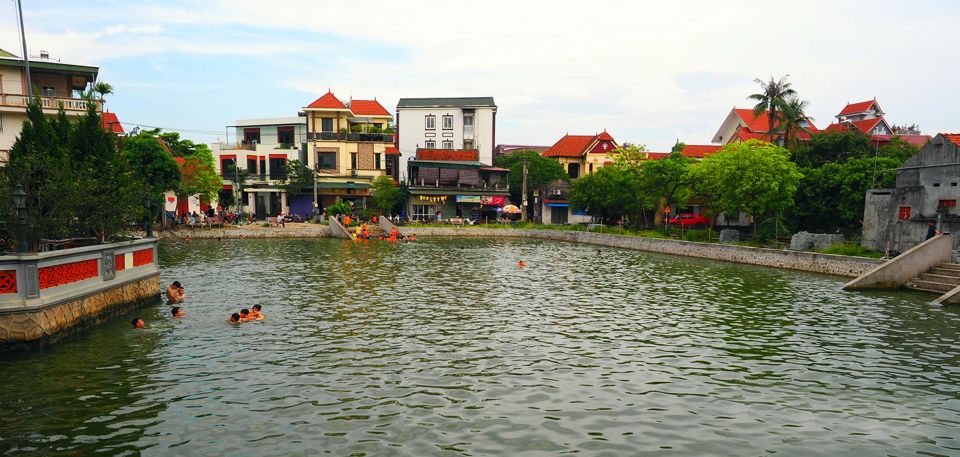
Recently, in Conclusion No. 80-KL/TW dated May 24, 2024 of the Politburo on two major plans of Hanoi, namely the Hanoi Capital Planning for the period 2021 - 2030, with a vision to 2050; Adjustment of the Hanoi Capital Master Plan to 2045, with a vision to 2065, many "green" factors were emphasized, including: green space; green traffic; green parks; building a green district model; green corridor; green wedge; green carpet to increase green land area; greening in historical inner-city areas; urban development according to a green, smart, modern, and unique model; reconstruction of inner-city areas in a green, civilized, and modern direction.
In fact, determining the system of trees, parks, flower gardens and lakes according to the planning is an important component criterion for the city to achieve the goal of building a "green city" (along with green buildings, green traffic, green and clean industry, green environmental quality, preserving historical and cultural values, natural landscapes and environmentally friendly residential communities).
Since 2014, Hanoi has issued Decision No. 1495/QD-UBND approving the planning of the system of trees, parks, flower gardens and lakes in Hanoi until 2030, with a vision to 2050. However, after 2/3 of the journey, the implementation of the planning has not met the requirements, only completing about 1/3 of the volume compared to the planning target.
Specifically, in urban areas, the number of parks completed and being implemented according to the plan to date is only 9/25 parks (about 36%); the total land area of parks and flower gardens completed to date is only 400ha/947ha (about 42%).
In satellite urban areas, ecological towns, and towns in districts far from the center, there is almost no investment and development of additional park land area to reach urban scale. Only a few have flower gardens and small-scale children's playgrounds.
In the district areas, the land area for building flower gardens is still very modest, especially in the eastern and southern districts of the city such as Thanh Tri, Thanh Oai, Thuong Tin... there is almost no investment in building a park system in the areas located in the urban development area of the central city and the nature and function of land use is mainly agricultural land.
In addition, Hanoi has a large number of lakes and ponds, with a large area compared to other urban areas in the country. Currently, in 12 districts, there are about 111 lakes and ponds with a total area of about 1,146 hectares (the lake area ratio is about 8.62% of the total urban land area).
In the suburban area, the terrain is low-lying, so there are many lakes and ponds. The main river network includes: Red River, Duong River, Nhue River, To Lich River, Kim Nguu River, Lu River, Set River, etc. Although there are many rivers, all of them have not played the role of landscape corridors, public spaces or riverside parks serving the people of the capital.
Regarding the management of the urban green space system of Hanoi, only the management of green spaces in the inner city and inner town has been mentioned. As for rural areas, green spaces such as green corridors, green belts, and green wedges are specific areas in the locality, and account for 70% of the natural area of the whole city, but the planning is still abstract, qualitative and has not clearly defined the management objectives, nature, functions and is proposed by many specialized agencies, such as: Department of Construction; Department of Agriculture and Rural Development; District People's Committees, etc.
Approach to citywide green space management
From now until 2030, Hanoi aims for two goals: building a “green urban area” and becoming a “green city” (along with new trends such as green growth, sustainable smart urban areas, etc.). Therefore, it is necessary to set requirements and fully understand the management of the green infrastructure within the administrative boundaries of the entire city.
Hanoi is a large urban area consisting of two areas: inner city and suburbs. Currently, urban space is expanding rapidly, narrowing the area of rural green corridors. The urban infrastructure is fragmented and lacks synchronous infrastructure connectivity. Therefore, to complete the synchronous urban infrastructure structure and ensure sustainability, it is necessary to change the approach to the urban infrastructure (green city) to be more comprehensive and inclusive.
In particular, the Ministry of Construction needs to soon develop and promulgate standards and criteria for "green cities", and soon supplement the content of development planning for rural areas (suburbs, outskirts) within the administrative boundaries of the city.
For Hanoi, it is necessary to develop and promulgate specific mechanisms and policies to manage the development of green corridors, green belts, and green wedges based on the characteristics of urban and rural ecosystems and landscapes.
In particular, the management goal ensures comprehensiveness and consistency, reaffirming the value of green spaces: green corridors, green belts, green wedges according to Master Plan 1259. Ensuring the stability of the green space structure, avoiding a large reduction in the scale of green space area is the premise for Hanoi to develop by 2065 to become a "civilized - cultured - modern" city.
Develop and promulgate standards and criteria for "green urban areas" and "green cities" as a basis for localities to implement, including the need to soon supplement regulations on the management of rural green corridors in the city.
Develop and promulgate specific programs, plans, mechanisms and policies for managing the development of green corridors, green belts and green wedges based on the characteristics of ecosystems and landscapes immediately after the project to Adjust the General Planning of Hanoi Capital to 2045, with a vision to 2065, is approved by competent authorities.
In particular, the City needs to immediately review, revise and supplement the Planning of the system of trees, parks, flower gardens and lakes in Hanoi until 2030, with a vision to 2050, to cover the entire administrative boundaries of the City.
Management of the urban infrastructure is an interdisciplinary management activity with the coordination of many closely related entities, participating in the development, preservation and conservation of urban infrastructure values. In which, the community plays an important role, they are both owners (investors) and users, both subjects and management objects. They play an important role in the process of creating, preserving and exploiting the urban infrastructure, so it is necessary to exploit and promote the role of the community in policies, mechanisms and activities of management and development of urban infrastructure in urban and rural areas.
Source: https://kinhtedothi.vn/quan-ly-khong-gian-xanh-de-thanh-pho-ha-noi-xanh.html


![[Photo] Prime Minister Pham Minh Chinh and Ethiopian Prime Minister visit Tran Quoc Pagoda](https://vstatic.vietnam.vn/vietnam/resource/IMAGE/2025/4/17/18ba6e1e73f94a618f5b5e9c1bd364a8)
![[Photo] Warm meeting between the two First Ladies of the Prime Ministers of Vietnam and Ethiopia with visually impaired students of Nguyen Dinh Chieu School](https://vstatic.vietnam.vn/vietnam/resource/IMAGE/2025/4/17/b1a43ba73eb94fea89034e458154f7ae)
![[Photo] President Luong Cuong receives UN Deputy Secretary General Amina J.Mohammed](https://vstatic.vietnam.vn/vietnam/resource/IMAGE/2025/4/17/72781800ee294eeb8df59db53e80159f)
![[Photo] President Luong Cuong receives Lao Prime Minister Sonexay Siphandone](https://vstatic.vietnam.vn/vietnam/resource/IMAGE/2025/4/17/337e313bae4b4961890fdf834d3fcdd5)
![[Photo] Hundred-year-old pine trees – an attractive destination for tourists in Gia Lai](https://vstatic.vietnam.vn/vietnam/resource/IMAGE/2025/4/17/25a0b7b629294f3f89350e263863d6a3)
![[Photo] President Luong Cuong receives Kenyan Defense Minister Soipan Tuya](https://vstatic.vietnam.vn/vietnam/resource/IMAGE/2025/4/17/0e7a5185e8144d73af91e67e03567f41)
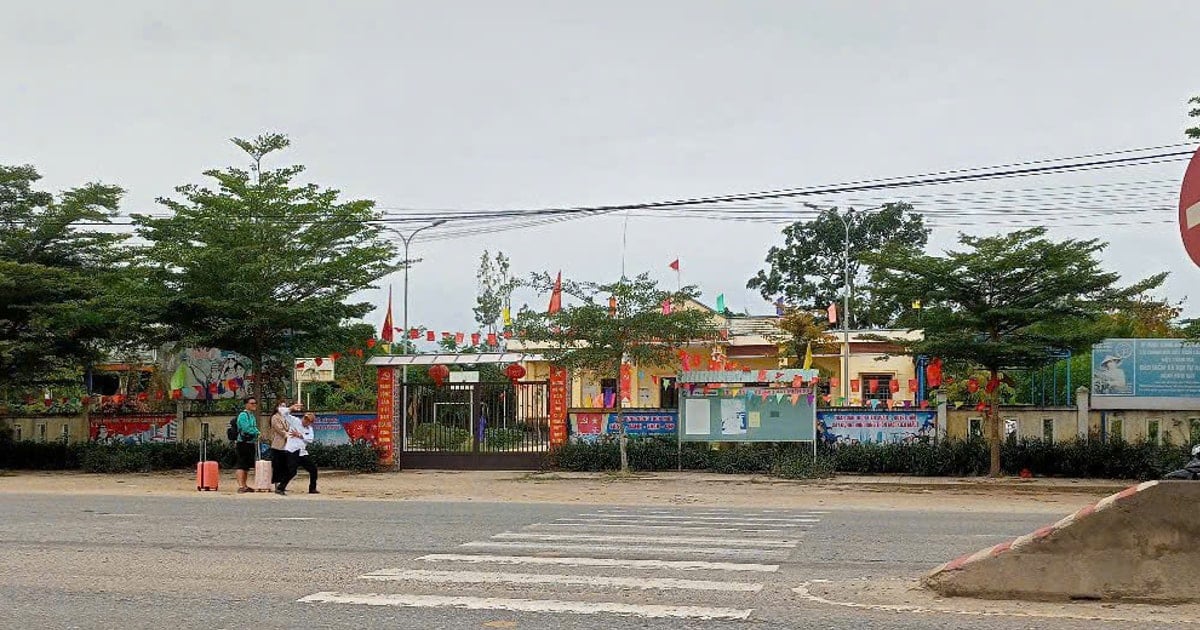

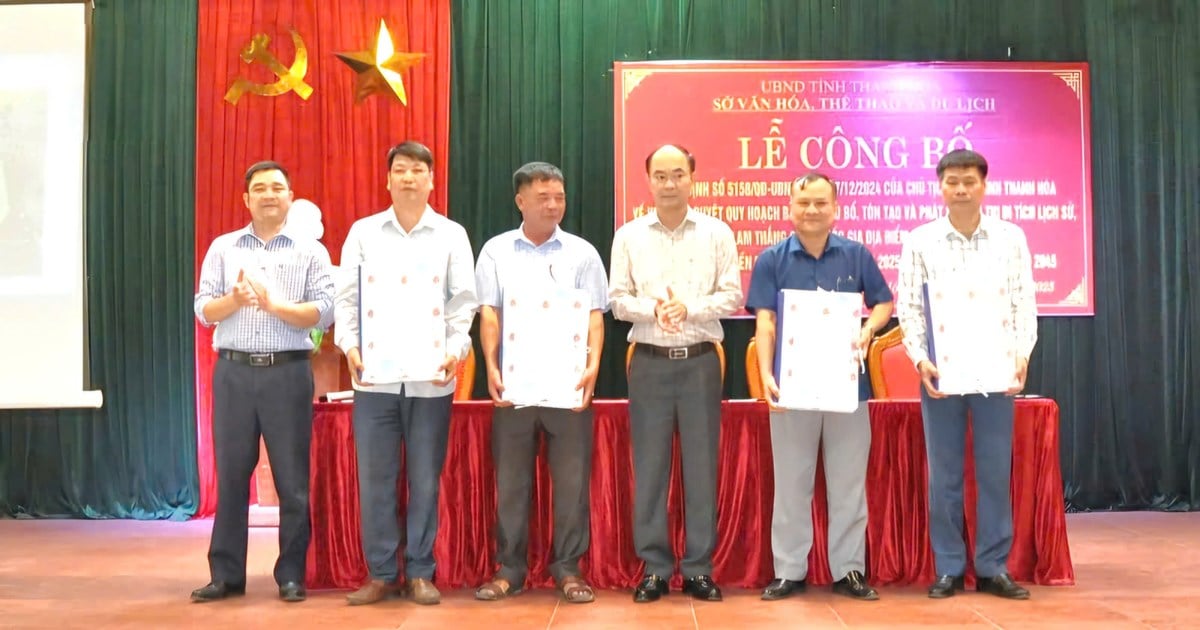

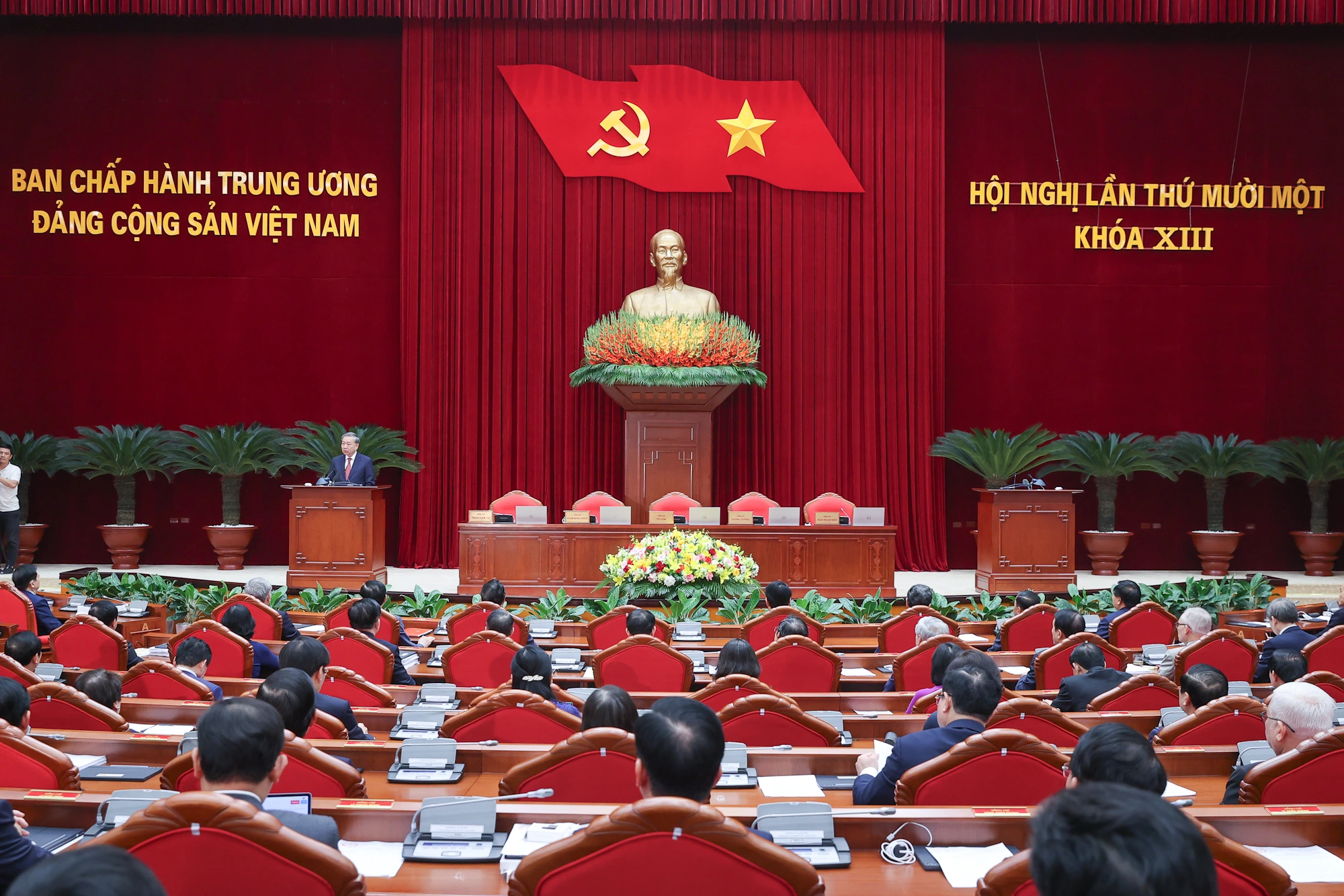

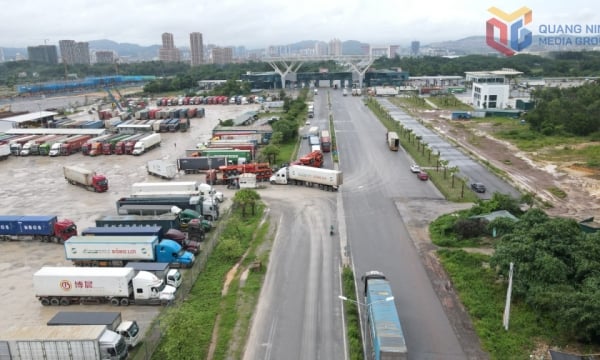
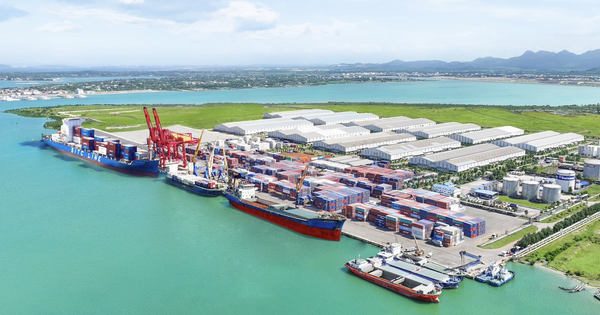
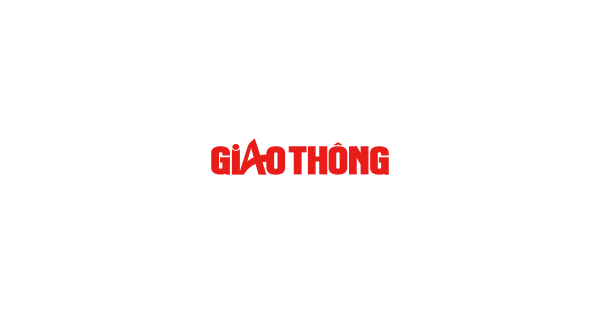
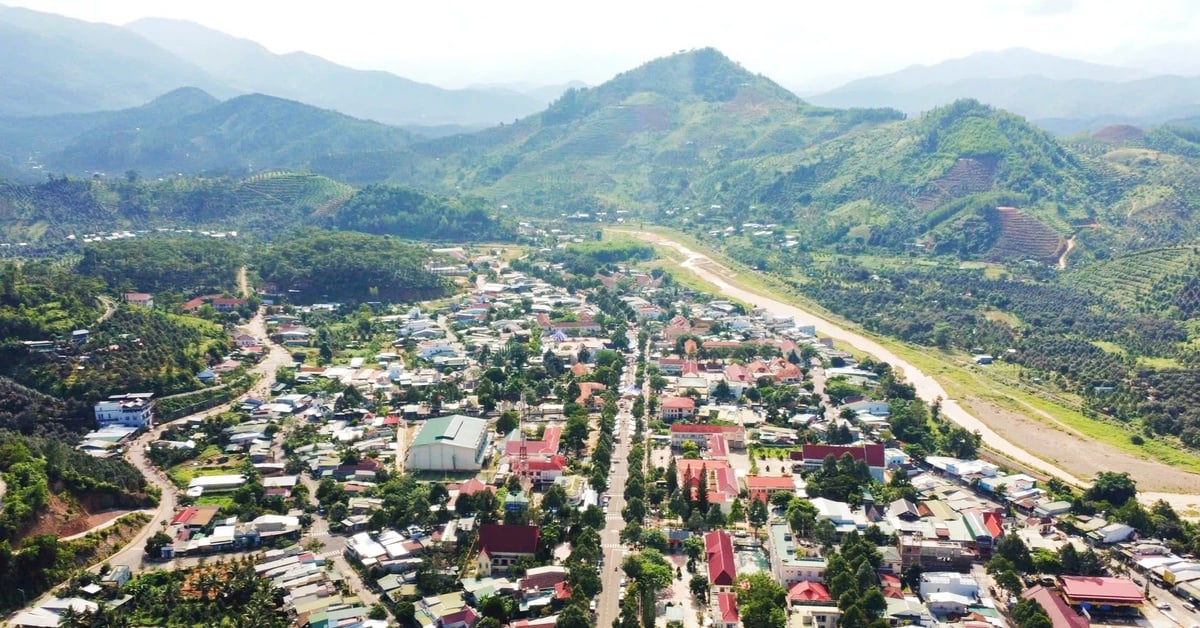

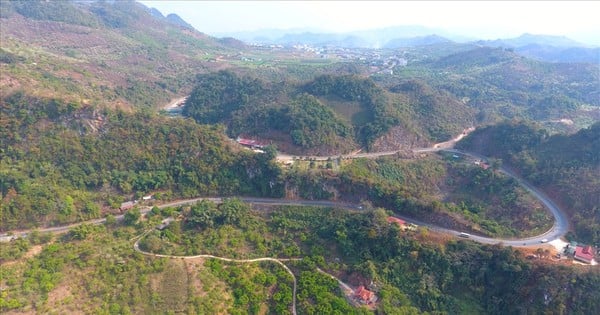
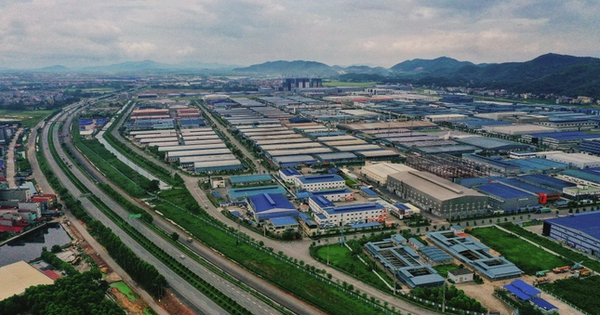
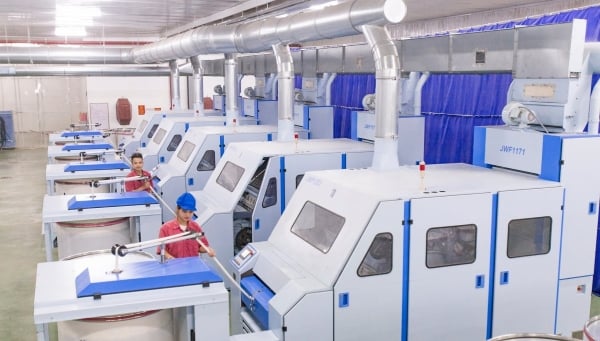
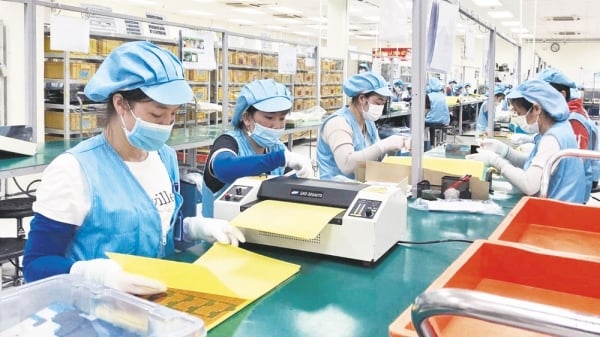
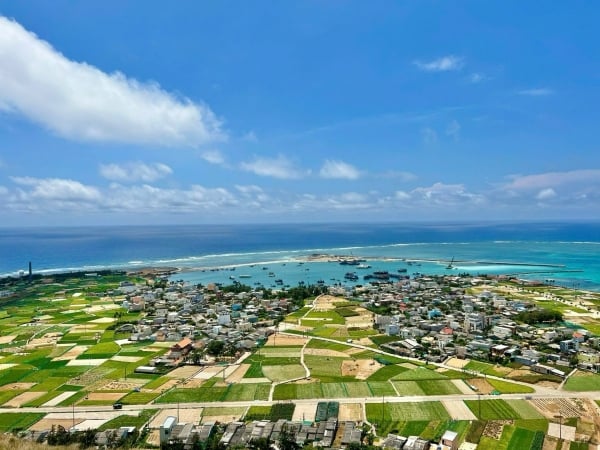
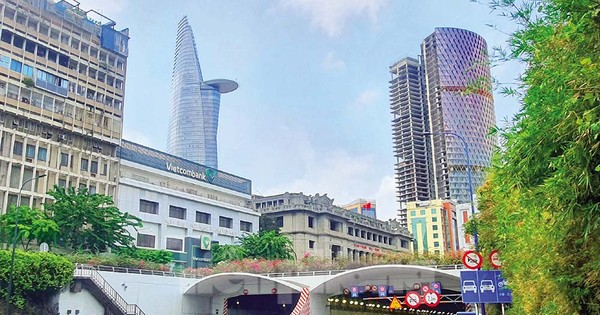




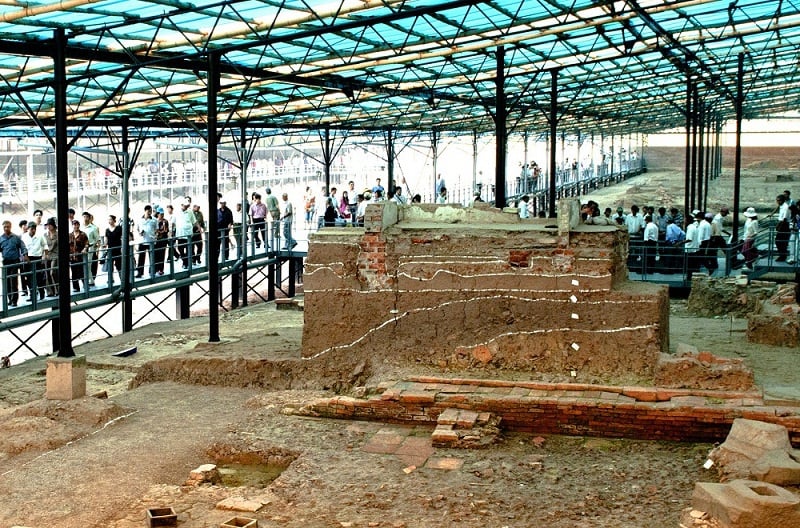
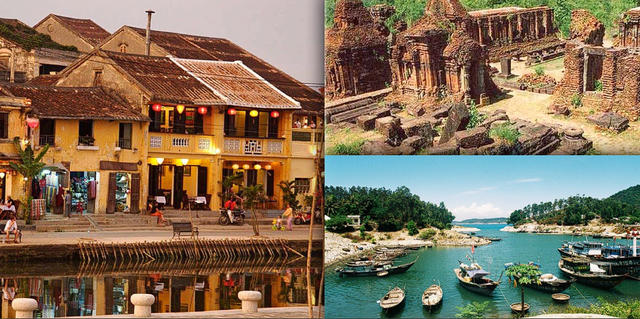
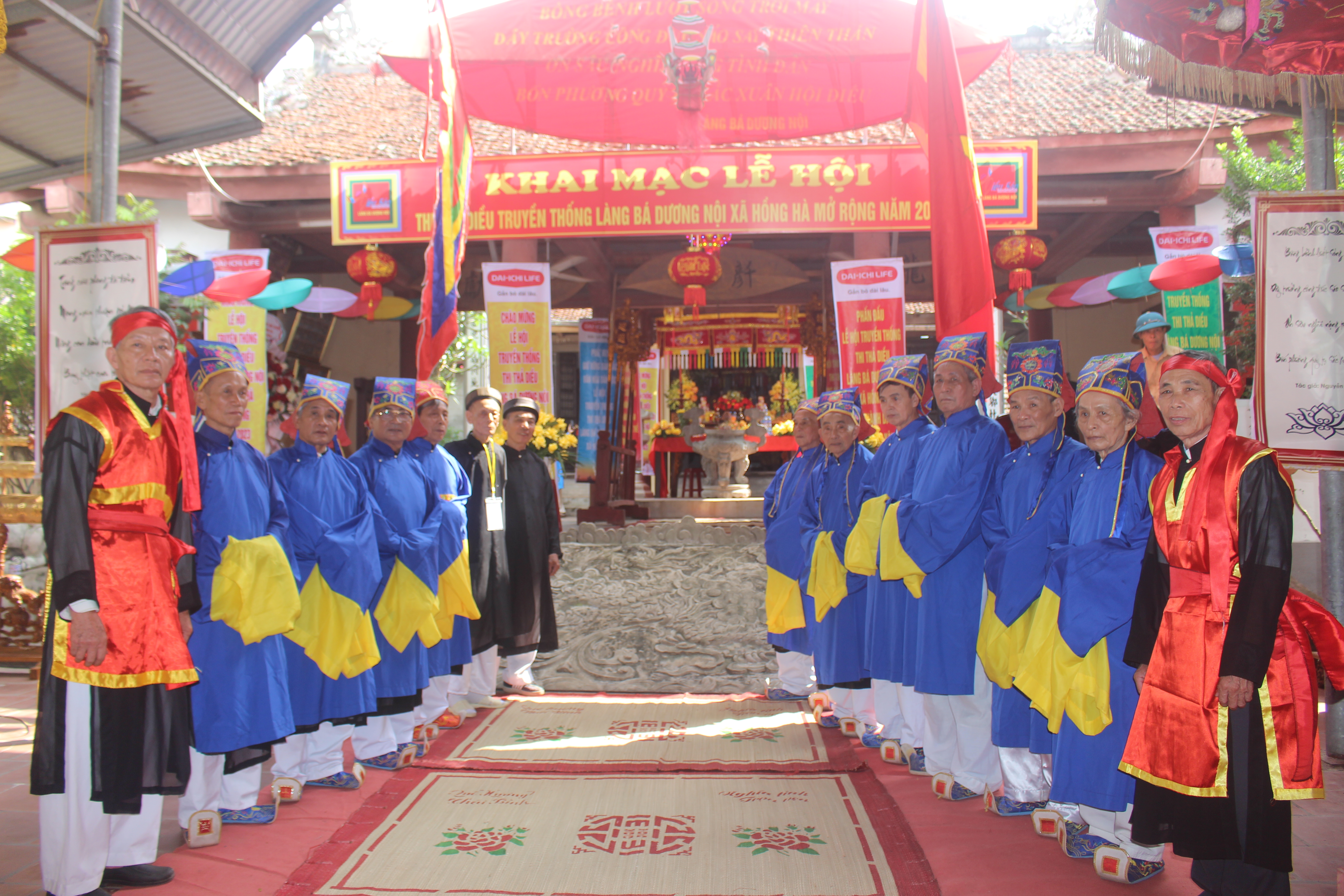
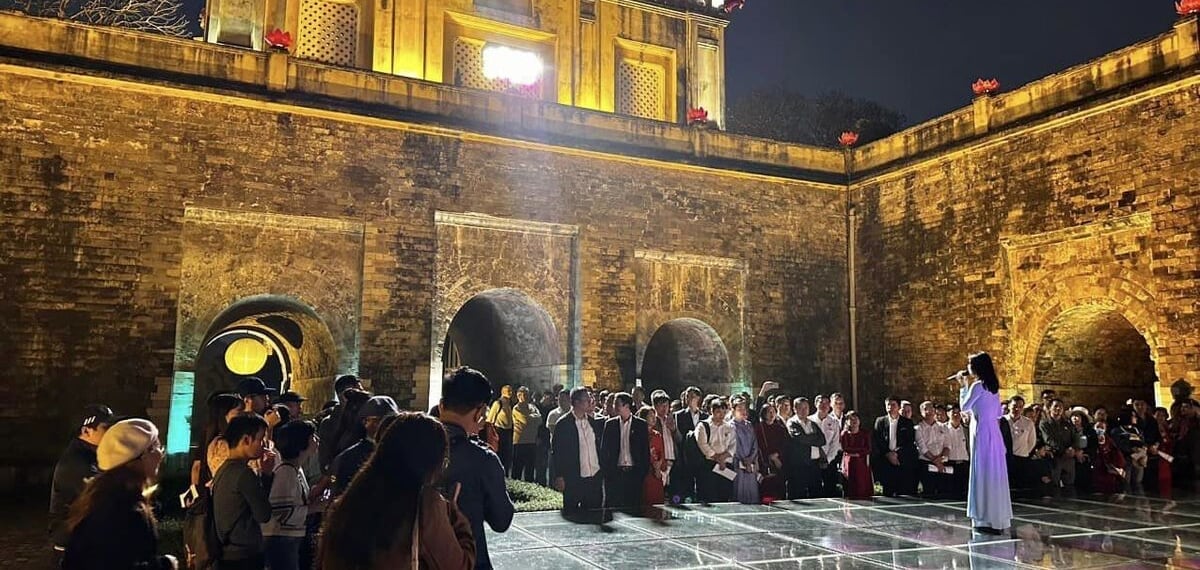
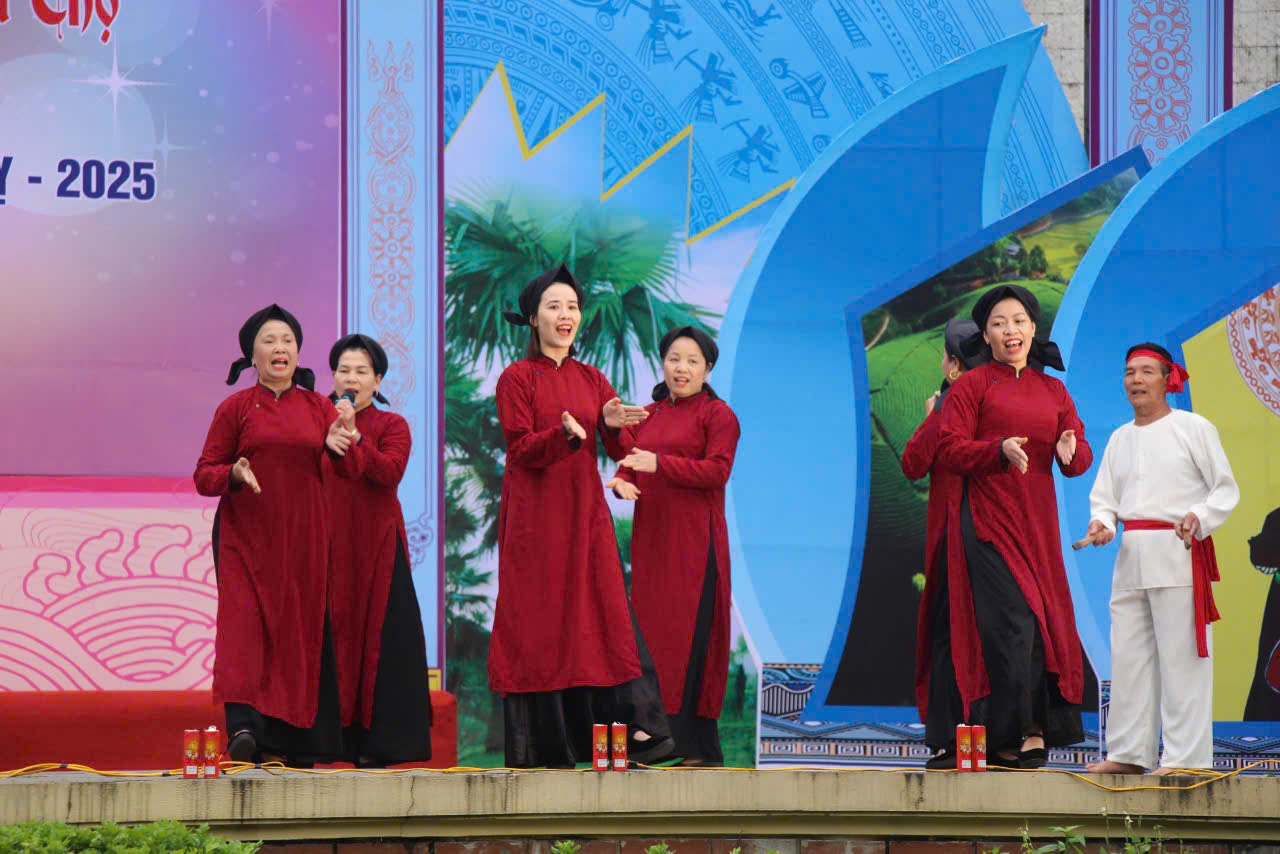

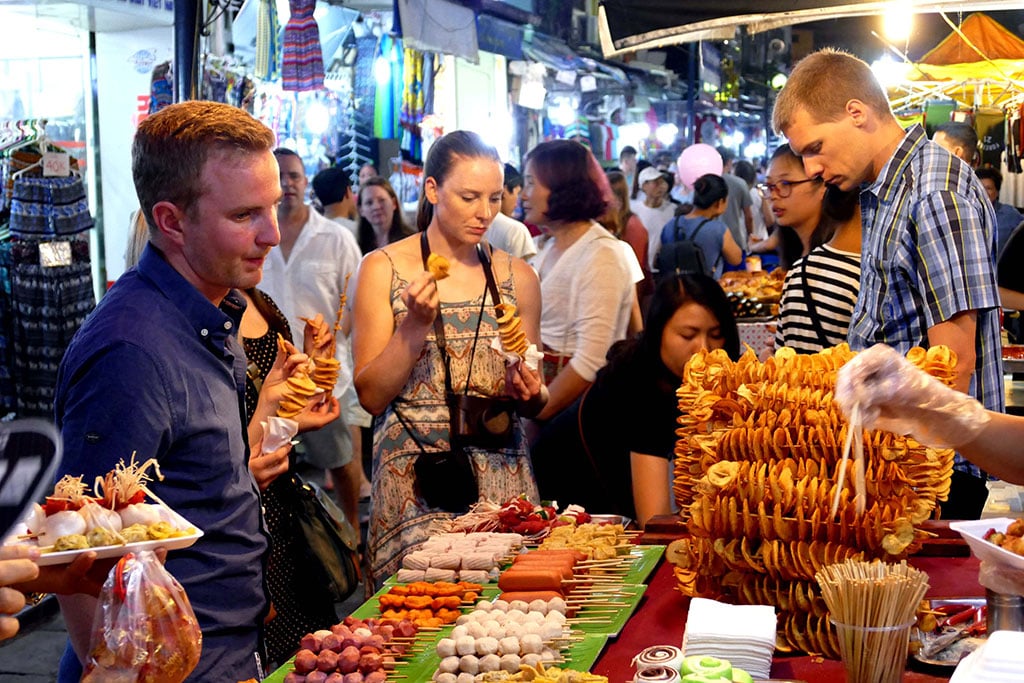


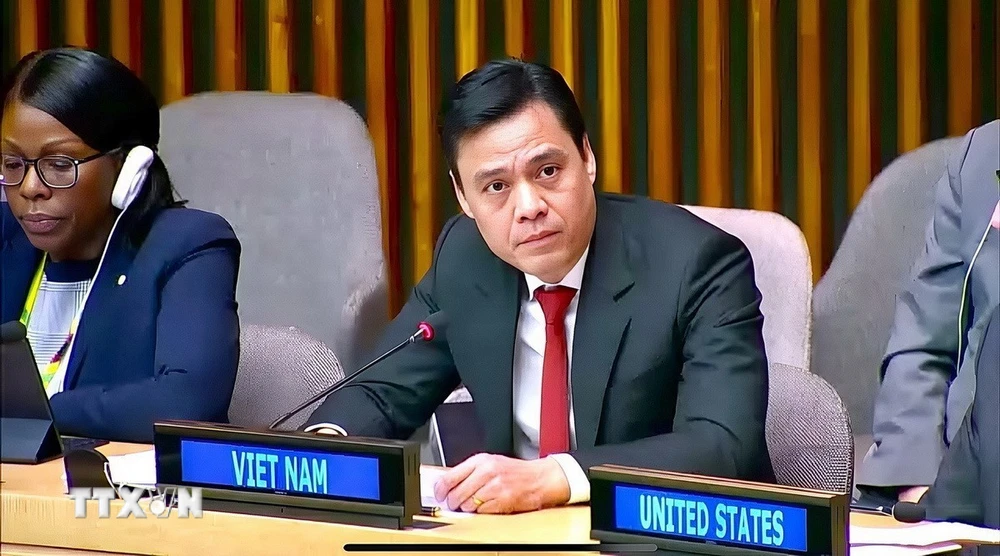

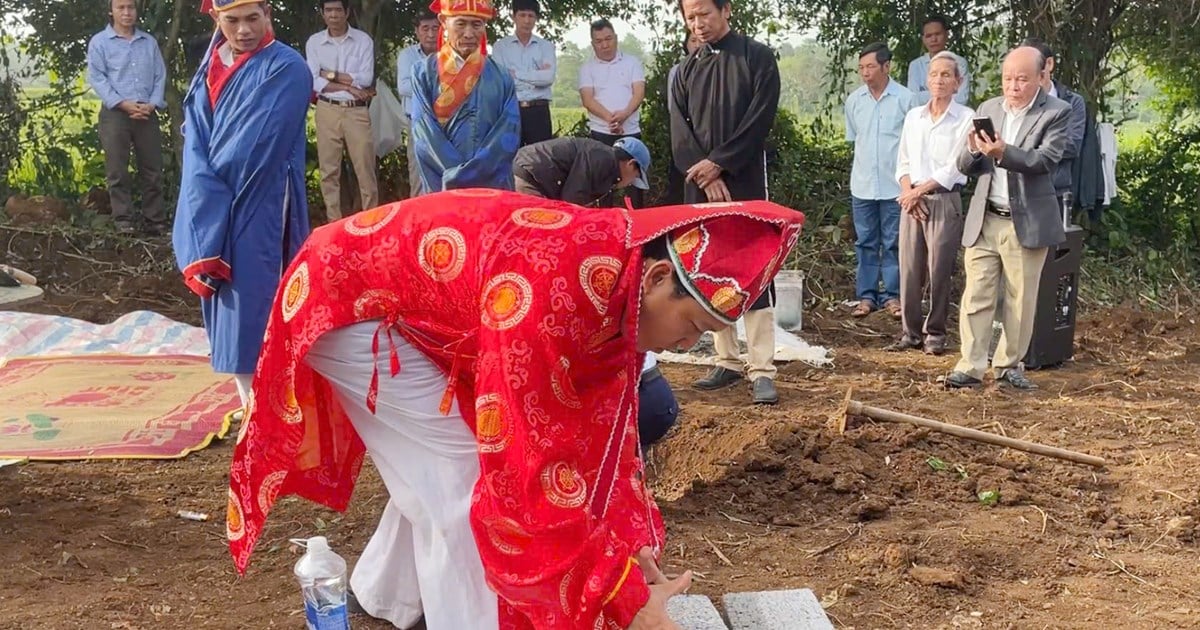
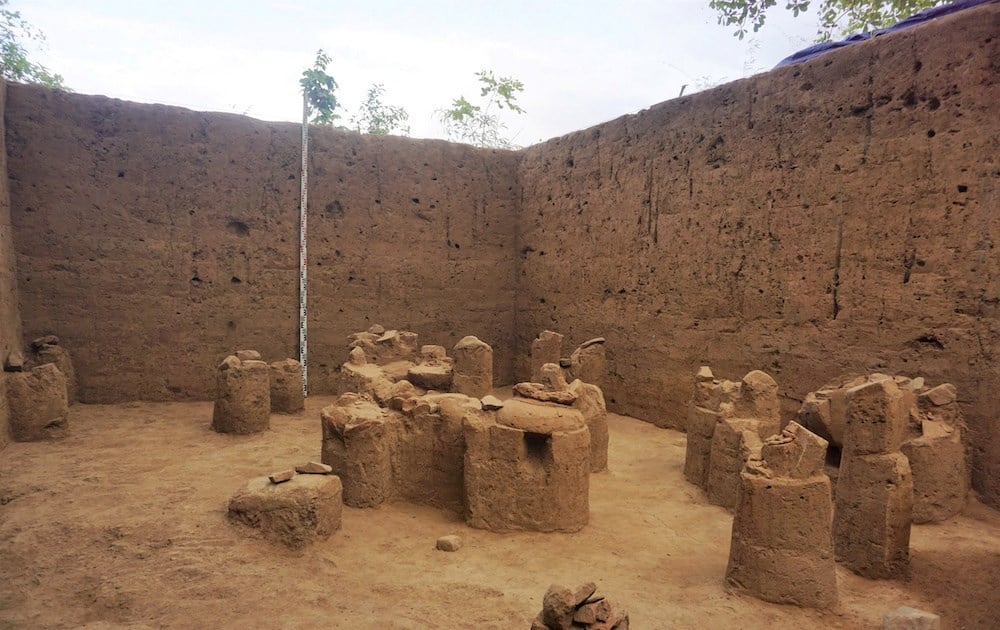
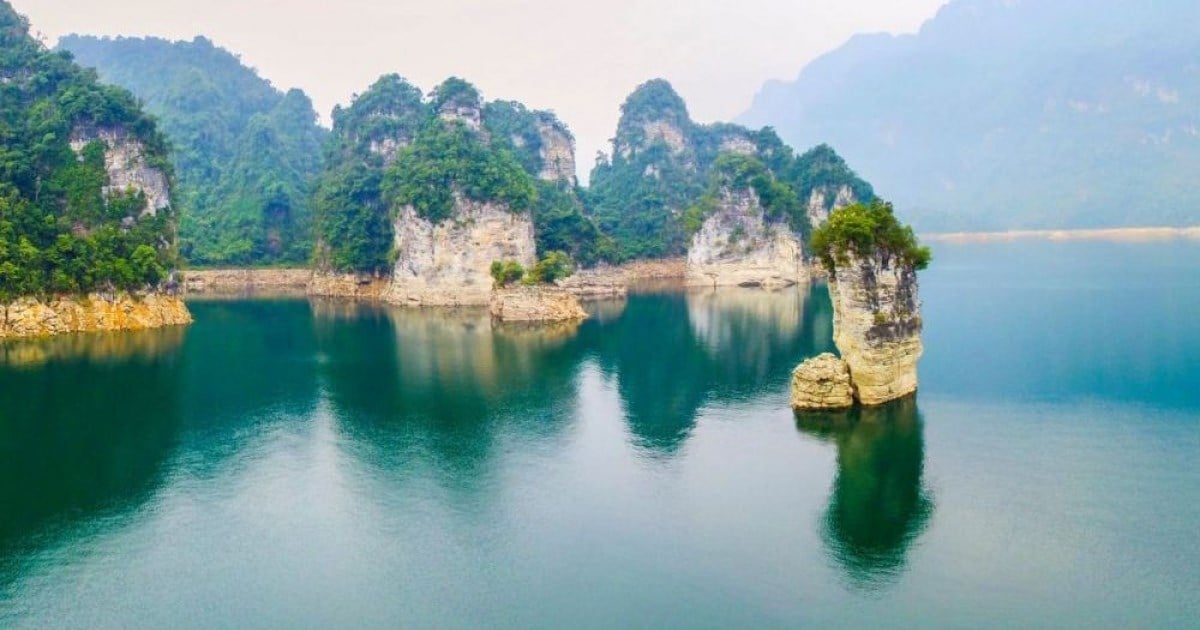










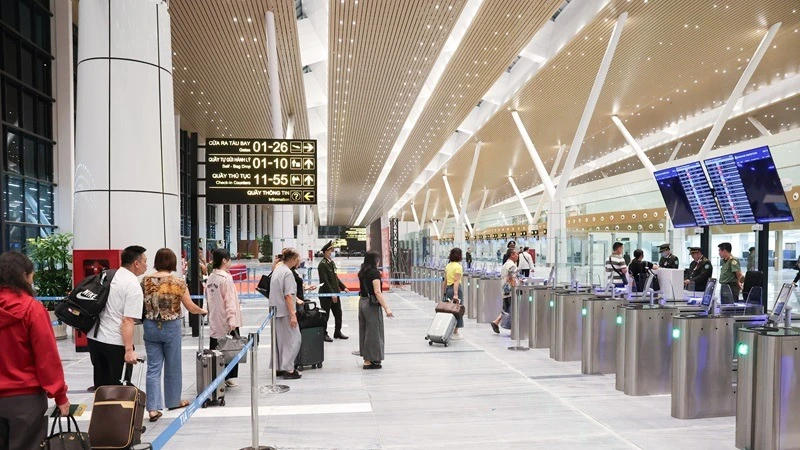

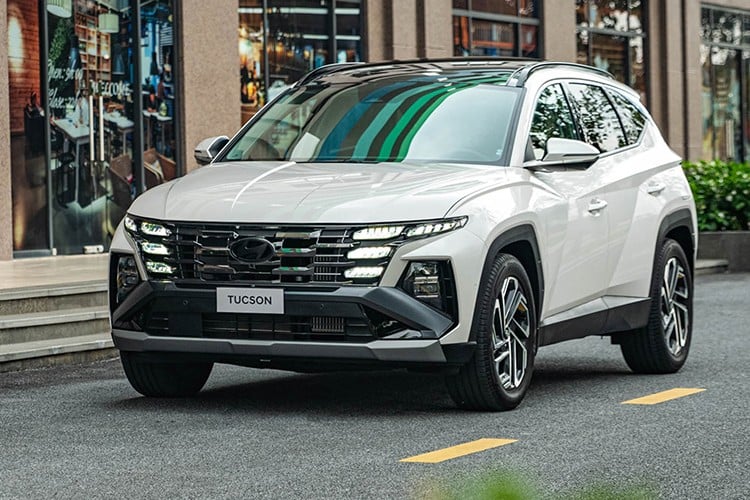

![[Video] Viettel officially puts into operation the largest submarine optical cable line in Vietnam](https://vstatic.vietnam.vn/vietnam/resource/IMAGE/2025/4/17/f19008c6010c4a538cc422cb791ca0a1)
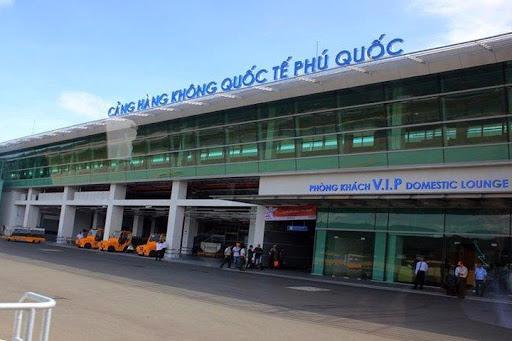



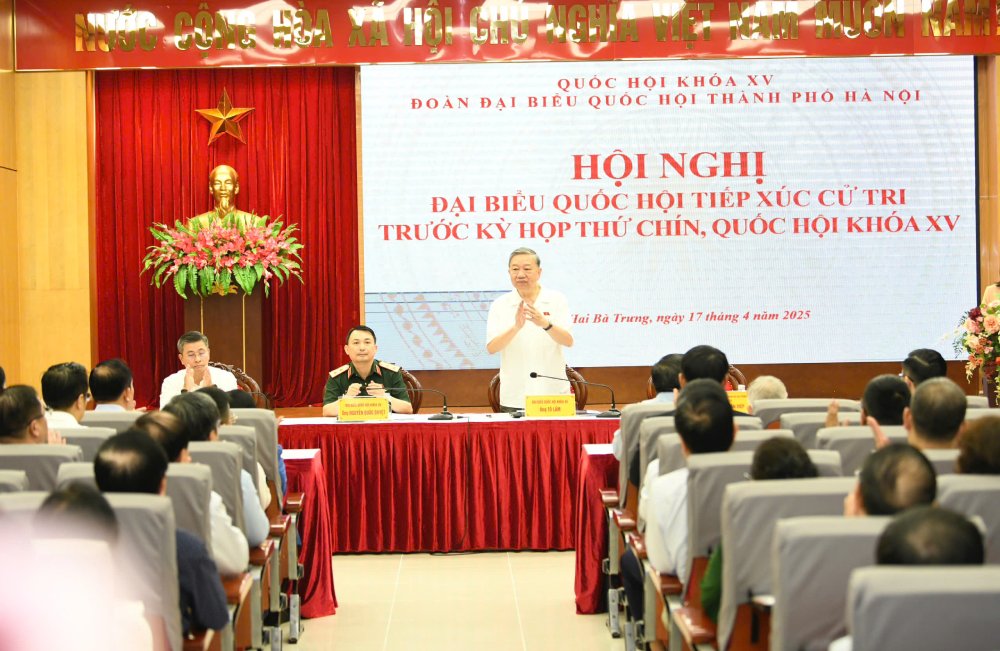

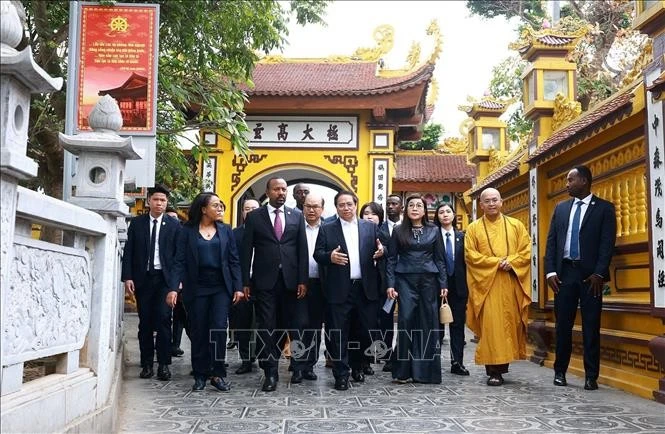



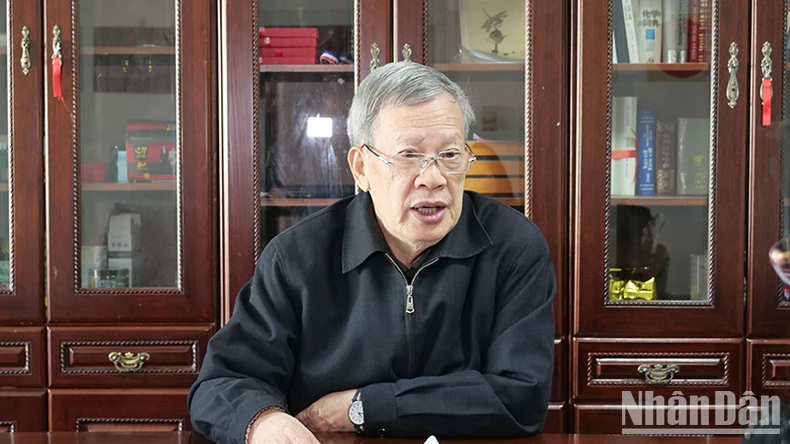

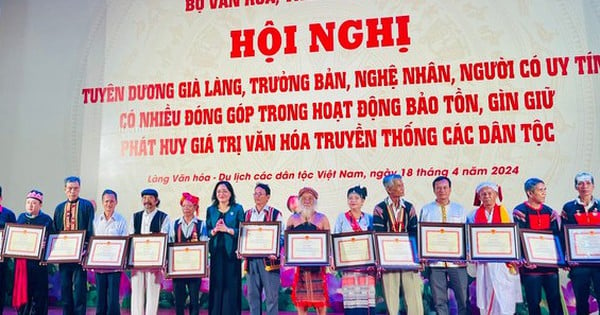

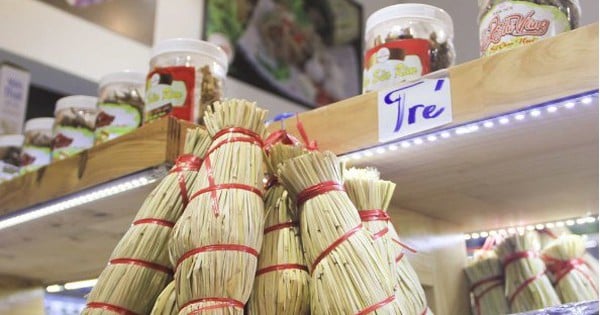
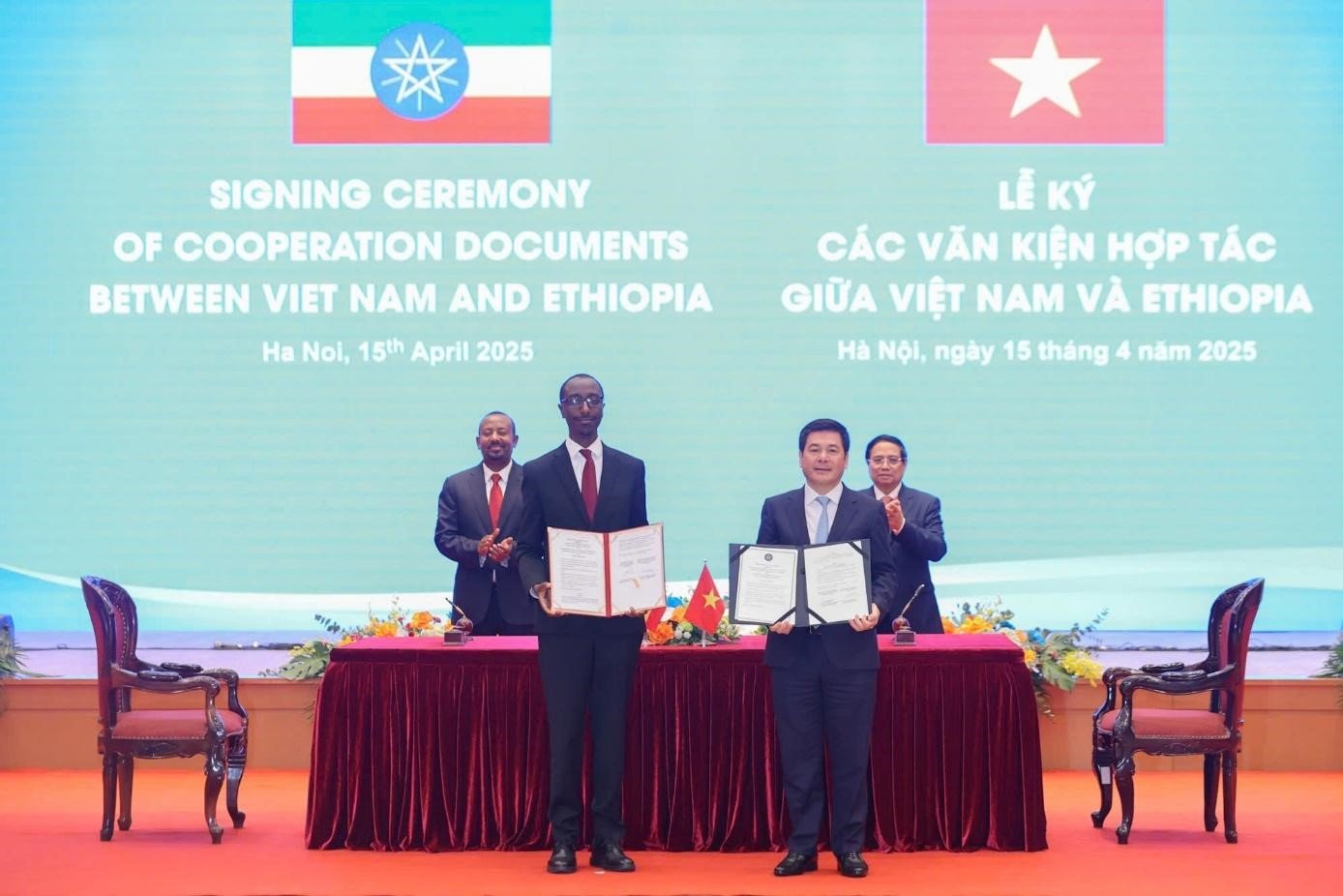



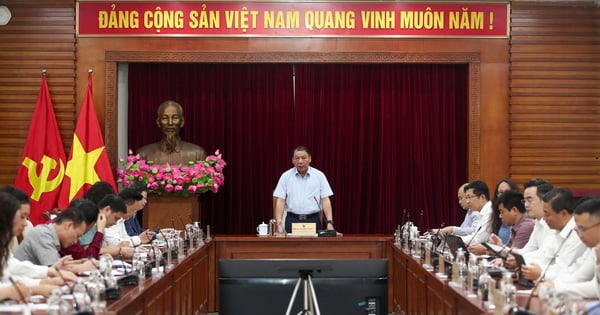

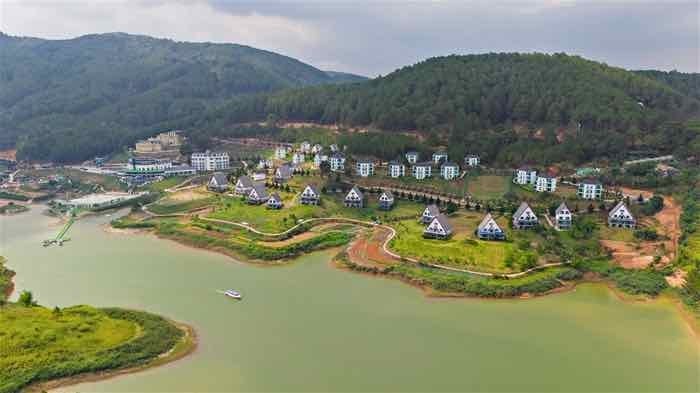

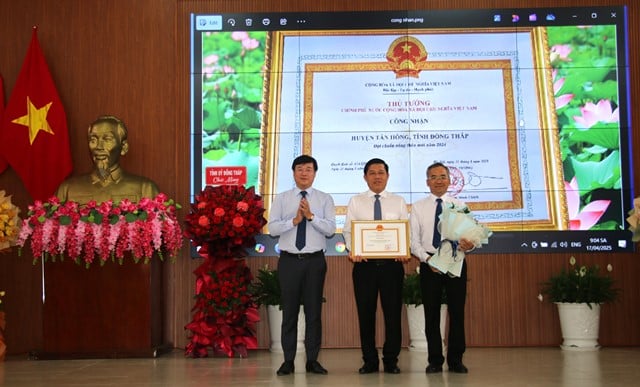






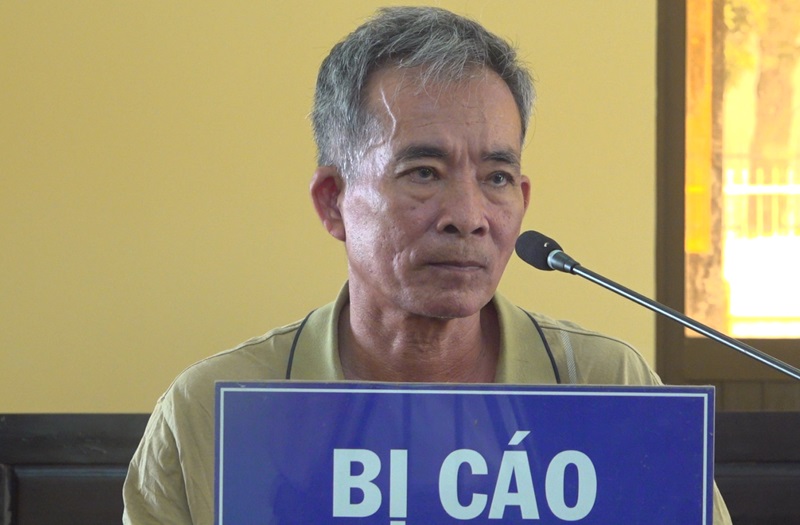


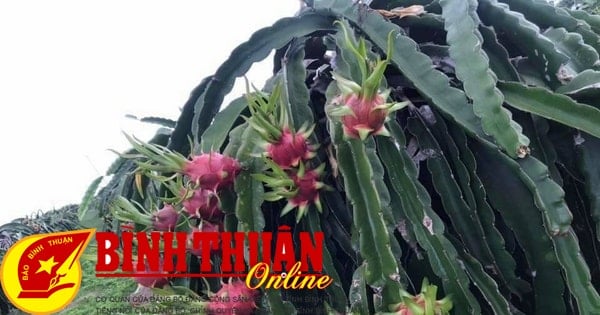

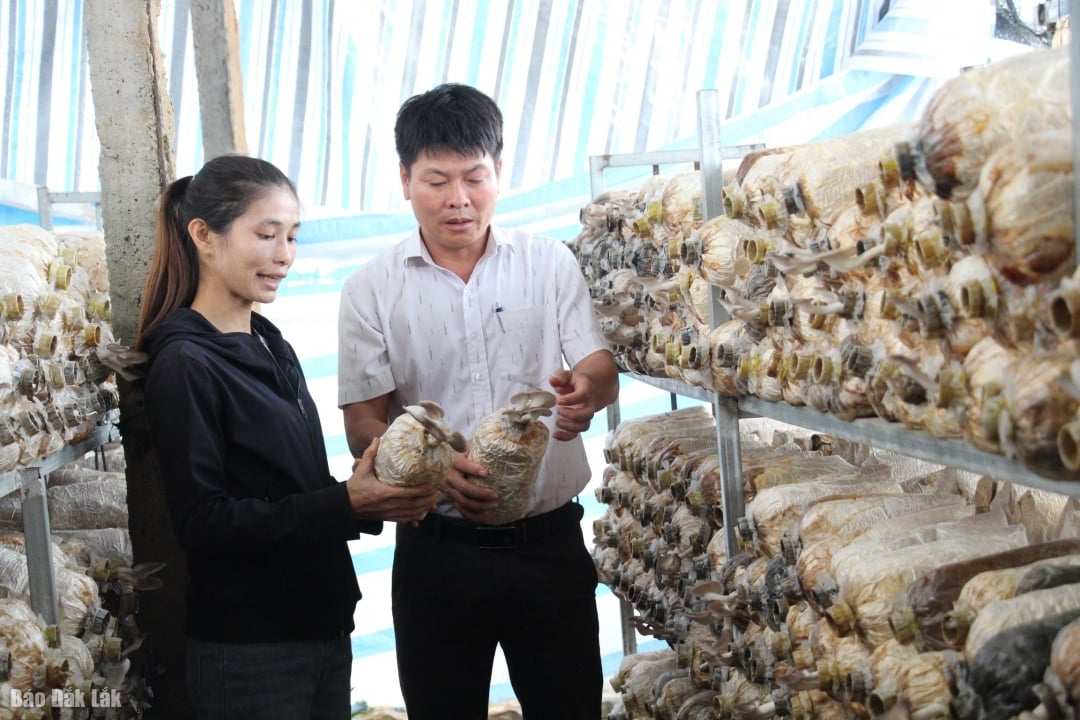

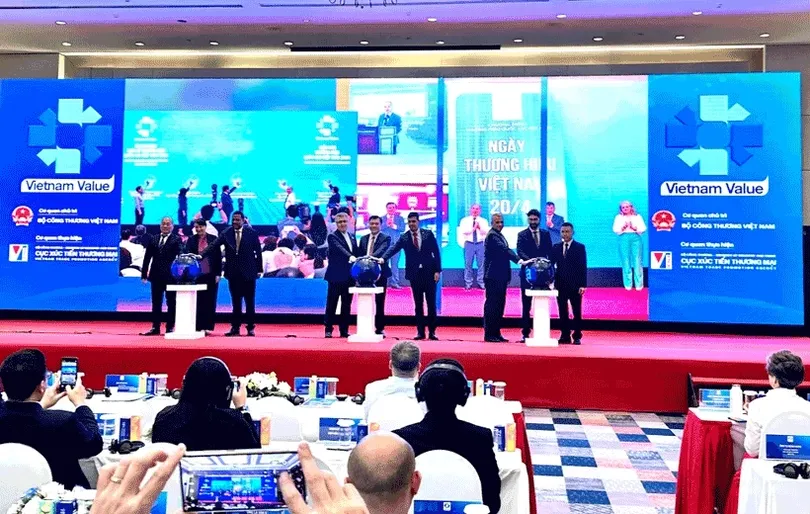


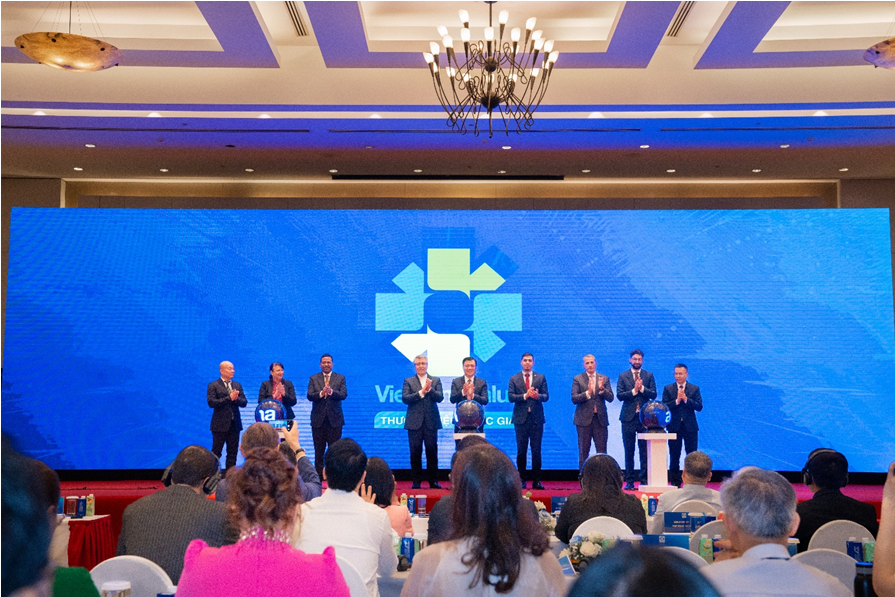
Comment (0)